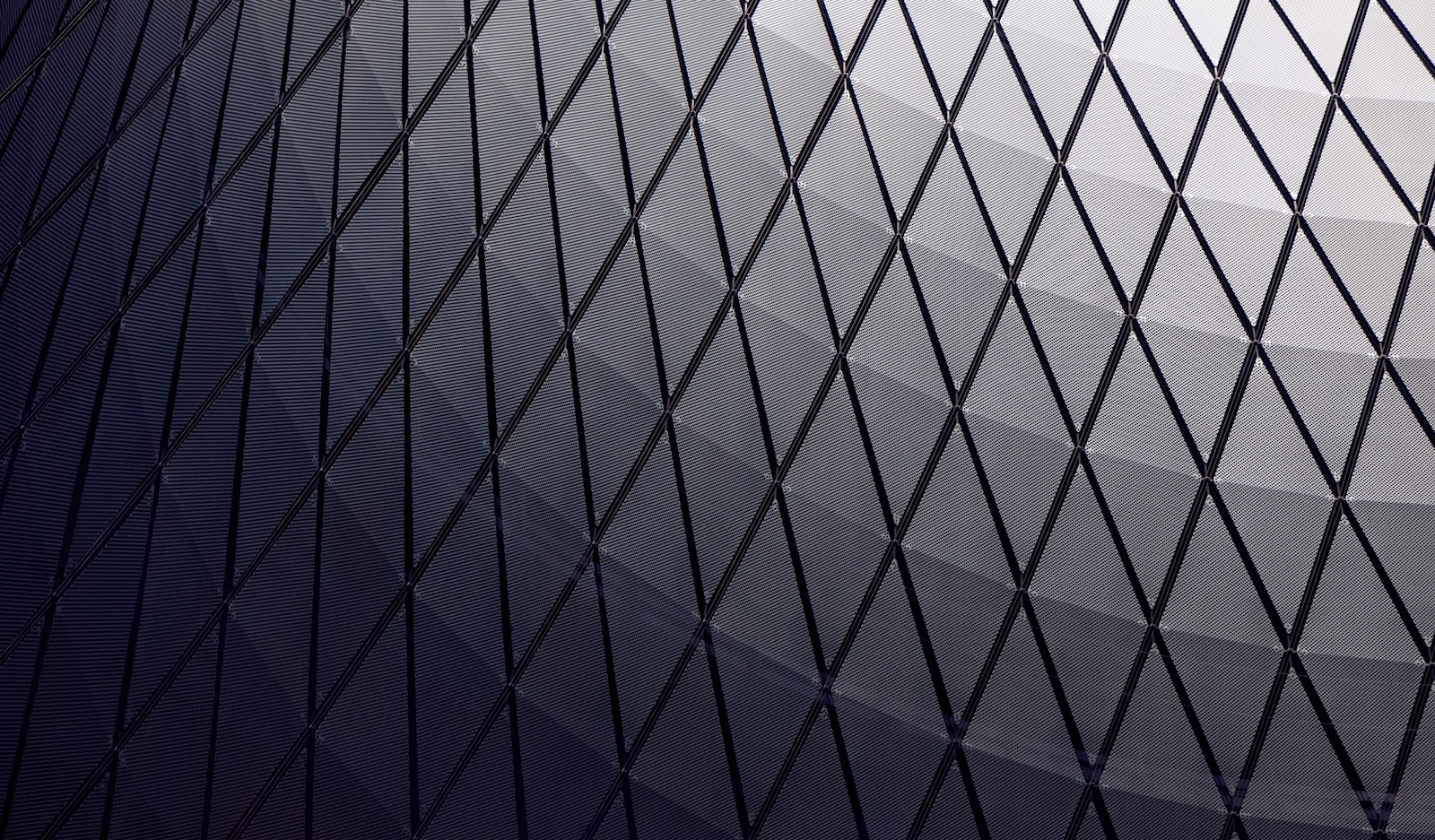In the metal fabrication industry, we have access to an astounding number of tools and technologies which help elevate our craftsmanship to the next level. In particular, laser cutting technology is an industry standard for accurate, fast metal fabrication.
Let’s take a look at laser cutting technology, its various types, and why it is beneficial in the steel fabrication industry.
What is laser cutting?
With quality laser cutting machinery, a high-powered laser will make precision cuts in sheet metal by actually melting the metal. High-pressure gasses, typically nitrogen or oxygen, are used along with the laser beam, and the cutting head moves over the metal plate to create an exothermic reaction that delivers a precise cut. Furthermore, laser cutting can be used on other materials such as plastic, wood and acrylic.
Why user laser cutting?
On mild steel, stainless steel, and aluminium plate, the laser cutting process is highly accurate. Laser cutting technology produces an outstanding cut quality has a very small kerf width and small heat affect zone. This makes it possible to cut very intricate shapes and small holes.
Types of laser cutting
There is a number of variations in types of laser cutting, including the following:
Flame/Reactive Rutting: The assist gas is oxygen, which is blown into the kerf at high pressure. The heated material reacts with the oxygen and begins to burn and to oxidize.
Fusion Cutting/Melt and Blow: An inert gas such as nitrogen blows molten material out of the kerf, significantly reducing the power that is required. The material is first heated up until it reaches its melting point then the gas blows it out
Remote Cutting: A high-intensity laser beam partially evaporates the material, enabling thin sheets to be cut without the need for an assist gas.
Types of laser cutters
Differences in laser cutters mean that various machines are suited to different materials and application. Types of laser cutters include:
Gas Lasers/C02 Laser Cutters: The cutting is done using electrically-stimulated CO2. CO2 lasers are the most common types of laser cutters because they are efficient, inexpensive, and can cut and raster several materials. However, they are best suited to materials such as glass, some plastics, some foams, leather, paper-based products, wood and acrylic.
Crystal Laser Cutters: Crystal laser cutters generate beams from nd:YVO (neodymium-doped yttrium ortho-vanadate) and nd:YAG (neodymium-doped yttrium aluminium garnet). They can cut through thicker and stronger materials because they have smaller wavelengths compared to C02 lasers, such as plastic, metals and ceramics.
Fibre Laser Cutters: Here, cutting is completed using fibreglass. The lasers originate from a seed laser before being amplified via special fibres. These lasers can work with both plastics and metals.
At Steel Fabrication Services, we guarantee competitive rates, builders trade prices and fast turnarounds, and pride ourselves on being one of the most experienced steel fabricators in Sydney. We proudly supply services for residential, industrial, commercial, retail sectors in Sydney and regional NSW.
You can rest assured knowing that steel is the best choice when it comes to your metalworking projects, providing long-term, consistent performance. If you need quality steel that is fabricated to suit your unique needs, contact Steel Fabrication Services today. Our team of expert structural steel fabricators have the experience and knowledge to answer any of your questions and will ensure that you find the best solution to suit your needs. To contact us today, simply call, fax, email or drop by our Brookvale location.
